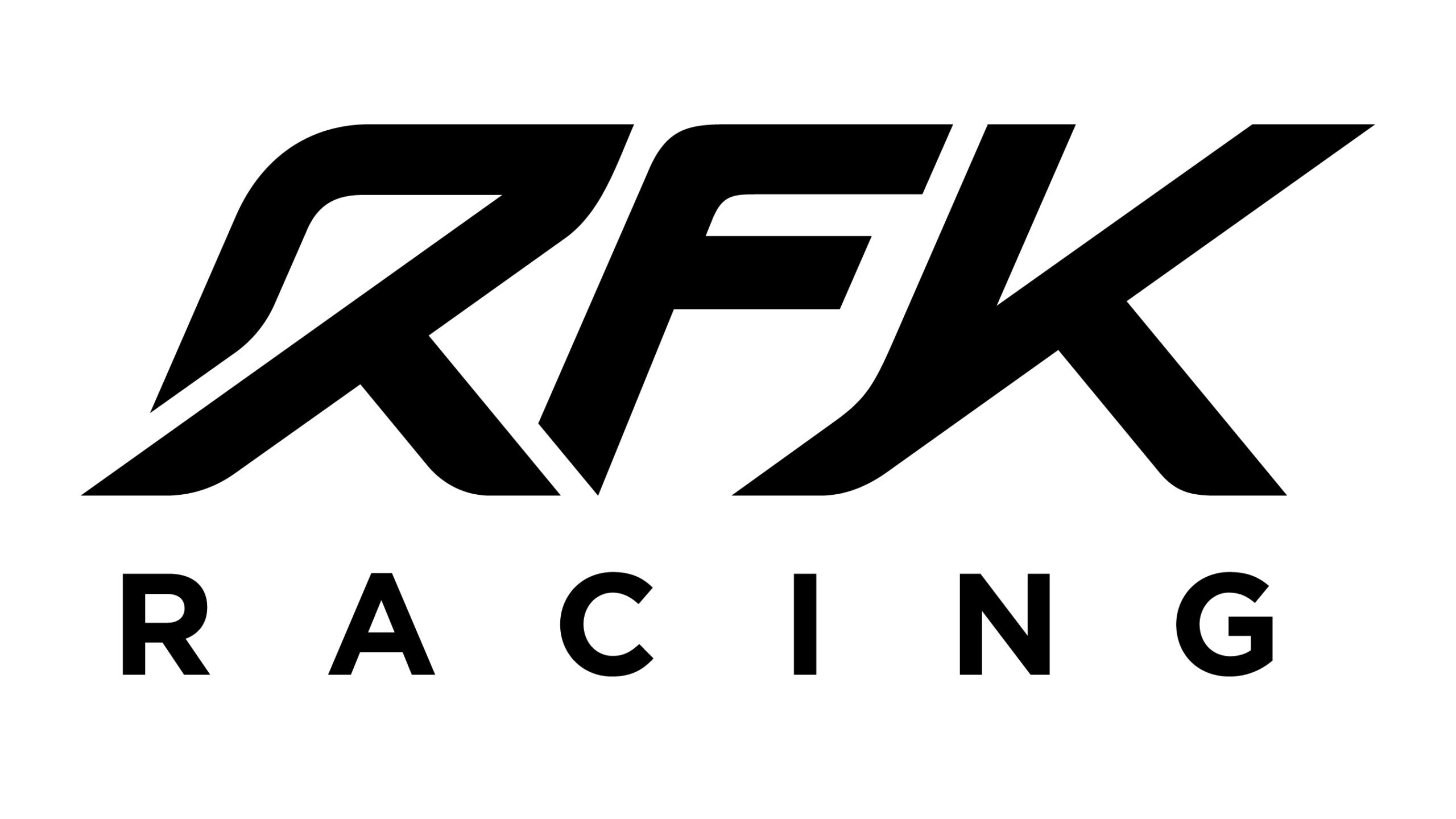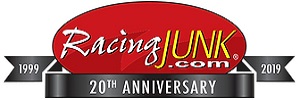Road-Course Racing a Welcome Reprieve After Pack-Style Racing at Daytona and Atlanta
MOORESVILLE, N.C. (Feb. 26, 2025) – The 200 mph freight trains of the last two pack-style races that seemed destined for derailment before the green flag even dropped are getting smaller and smaller in the rearview mirrors of NASCAR Cup Series drivers.
This is especially welcome for Cody Ware, driver of the No. 51 Arby’s Ford Mustang Dark Horse for Rick Ware Racing.
Ware saw a top-five result in the season-opening Daytona 500 vanish a mile from the finish line when he was collected in a last-lap accident in the race’s final corner. Then, last Sunday at Atlanta Motor Speedway, the spinning car of Daniel Suárez tagged Ware’s red-and-white Arby’s machine, sending him hard into the frontstretch wall and out of the race.
With the EchoPark Automotive Grand Prix next up on the NASCAR Cup Series docket, Ware is ready to “unpack” from pack racing and embrace the twists and turns of road-course racing at Circuit of the Americas (COTA) in Austin, Texas.
“I’m definitely ready to reset at COTA, and I know I’m not the only one,” Ware said.
He’s right. Ware is among a bevy of drivers who have been impacted by the pitfalls of pack racing. NASCAR Cup Series regulars Noah Gragson, Cole Custer, Brad Keselowski, Josh Berry, Ryan Preece, Ty Gibbs and A.J. Allmendinger all join Ware outside of the top-25 in points heading into COTA.
The EchoPark Automotive Grand Prix serves as the first of six road-course races in 2025. For Ware, who has an eclectic road-racing background that spans sportscars and Indy cars, the opportunity to turn left and right and rip through the gears around sweeping turns, hairpins and elevation changes provides a needed change of pace.
“Road racing is where I did a lot of my growing up and learning how to race,” Ware said. “There was a lot of back and forth between stock cars and GT cars and sportscars over the years as I found my place in NASCAR. So I’m always, ‘The more the merrier,’ when it comes to road racing.”
Ware won the 2019-2020 LMP2 championship in the Asian Le Mans Series with co-driver Gustas Grinbergas. In a prelude to that title, Ware was the 2014 Lamborghini Super Trofeo North America Rookie of the Year. Last January at Daytona (Fla.) International Speedway, Ware piloted a Ligier JS P320 to a podium finish in the IMSA VP Racing SportsCar Challenge LMP3 class. Ware has also competed in Whelen Mazda MX-5 Cup and the NTT IndyCar Series.
“There are a lot of things you can’t really learn about a road course until you’re in a car that’s really been built to attack a road course, and the current Cup car drives a lot more like a sportscar than they ever have before,” Ware said. “They’re somewhere in between a TA and a TA2 car in the Trans Am Series. Obviously, we have a lot more horsepower than a TA2 car, but not quite the downforce and maneuverability that a TA car has.”
The biggest difference, says Ware, between a typical sportscar and the current-generation NASCAR Cup Series stock car, is durability.
“The thing that causes a bit more chaos in our road races compared to the more traditional road-racing series is the fact that these cars are so durable, and they’re handling a lot better than the previous cars did. It’s led to a lot of beating and banging, and it’s really become a left-and-right-turn short-track race more than a road-course race.”
With road-course racing emulating short-track racing more and more, expect action at COTA, especially since the track is shorter than it’s ever been for the NASCAR Cup Series.
After four years of competing on COTA’s full, 3.426-mile, 20-turn layout, the NASCAR Cup Series is racing on its shorter, 2.4-mile configuration. There are still 20 turns, with the addition of another tight hairpin corner at turn six that eschews turns 7-11 of the full layout, eliminating the massive .62-mile straightaway connecting turn 11 to turn 12.
“I was actually on the sim the other day getting my feet wet with the new configuration,” Ware said. “Everyone’s baseline level of road-course proficiency is significantly higher than it was a decade ago. And when you look at COTA, you really have just one significant portion of the track cut off. We’re still racing on the same parts of the track we’ve always raced on, so there’s still a good bit of data from last year that’ll be useful. You’re not going to really change the setup of the car much just from having a short chute versus a long straightaway there on the back, because we still have some long straightaways and heavy braking zones despite what’s been eliminated.”
This means the rough-and-tumble ways of past COTA races will remain prevalent in this year’s race at COTA, and the most drama-fueled corner will continue to be turn one. That is where the 37-car field attempts to funnel itself through an ultra-tight left-hander after scaling a 133-foot hill with a 17 percent gradient.
“The aggression level of the guys you have in front of you and behind you, it’s almost similar to a speedway race,” said Ware about tackling turn one at the start and on subsequent restarts. “It’s about knowing who you can work with to try to get some track position on those restarts versus not wanting to be around someone that might approach turn one like a wrecking ball.”
Everyone’s approach will be on full display come Sunday. The EchoPark Automotive Grand Prix goes green at 2:30 p.m. CST/3:30 p.m. EST with live coverage on FOX and SiriusXM NASCAR Radio.
About Rick Ware Racing:
Rick Ware has been a motorsports mainstay for more than 40 years. It began at age 6 when the third-generation racer began his driving career and has since spanned four wheels and two wheels on both asphalt and dirt. Competing in the SCCA Trans Am Series and other road-racing divisions led Ware to NASCAR in the early 1980s, where he finished third in his NASCAR debut – the 1983 Warner W. Hodgdon 300 NASCAR Grand American race at Riverside (Calif.) International Raceway. More than a decade later, injuries would force Ware out of the driver’s seat and into full-time team ownership. In 1995, Rick Ware Racing was formed, and with his wife Lisa by his side, Ware has since built his eponymous organization into an entity that competes full-time in the elite NASCAR Cup Series while simultaneously campaigning successful teams in the Top Fuel class of the NHRA Mission Foods Drag Racing Series, Progressive American Flat Track and FIM World Supercross Championship (WSX).







